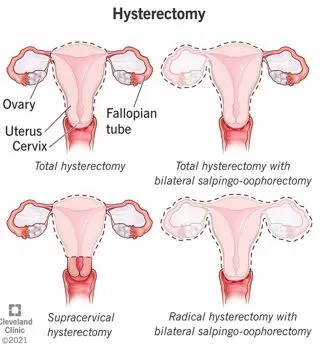

Context
The lack of comprehensive data on women-specific health issues, including hysterectomies, impedes policymaking and awareness efforts in India. A recent study delves into the prevalence and underlying reasons for hysterectomies among women aged 45 and above in India, shedding light on this crucial aspect of women's health.
Key-findings
- The most common reasons for hysterectomies in India include heavy menstrual bleeding, fibroids, and uterine prolapse.
- It reveals regional disparities in hysterectomy prevalence, with southern and western India reporting higher rates.
- Factors associated with a higher likelihood of undergoing hysterectomy: education level, socioeconomic status, and age at marriage.
- Patriarchal norms and misconceptions contribute to the overuse of hysterectomies, with some women undergoing surgery unnecessarily.
- Women from marginalized communities and those with multiple children are particularly vulnerable.
Issues associated with Hysterectomy
- There has been found a correlation between hysterectomy and chronic diseases (cardiovascular events, cancers, depression, metabolic disorders, and dementia).
- Hysterectomies are also associated with hypertension, high cholesterol, diabetes, and bone disease.
- Women who could have been offered alternative treatments are unnecessarily subjected to hysterectomies, posing significant risks to their health. Medical professionals stress the importance of exploring non-surgical treatments and ensuring informed decision-making among patients.
Fact Box: About Hysterectomies:
|


